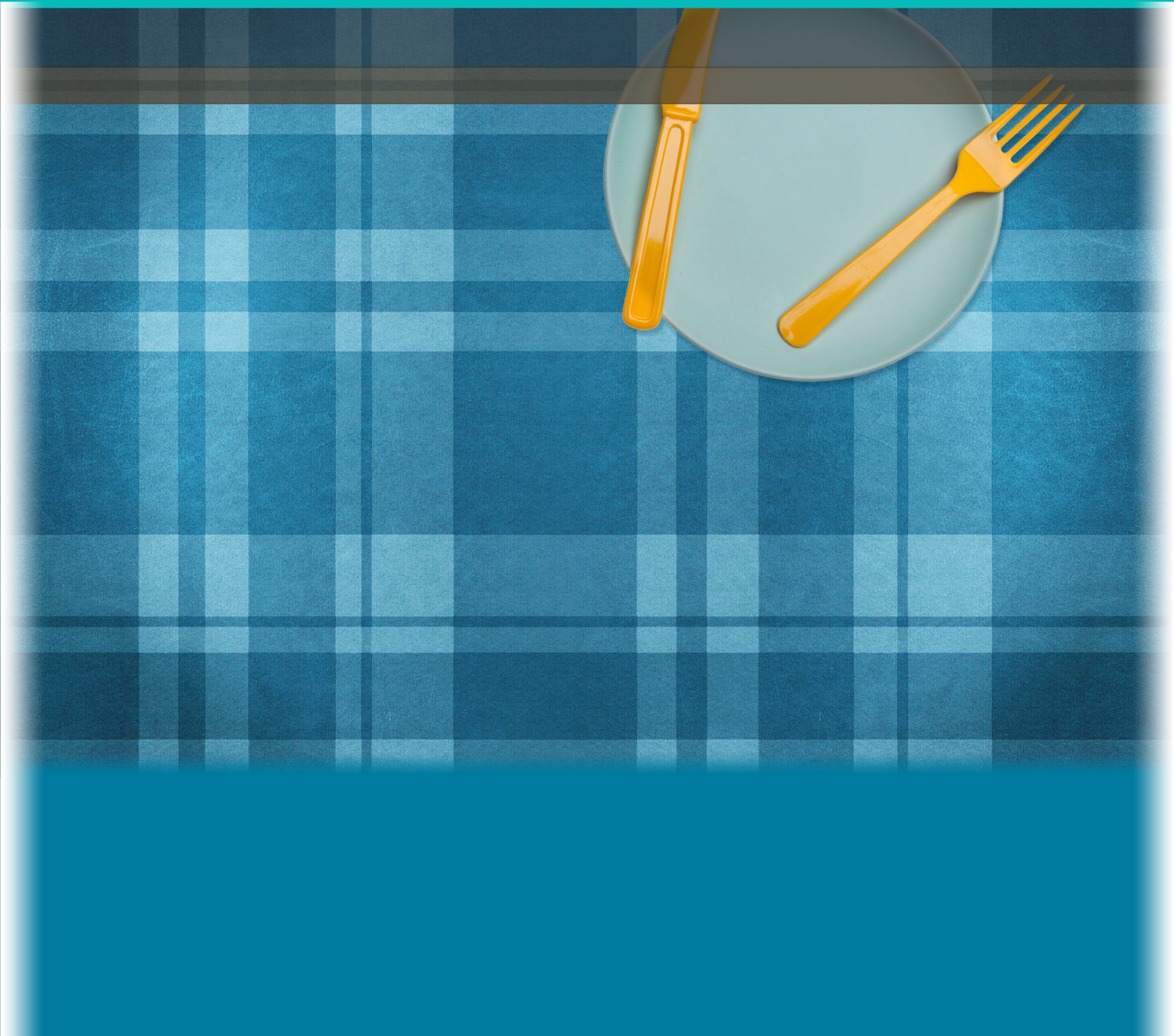Food and Nutrition

Eating a variety of foods is part of a healthy diet.
There are five food groups that are important for a healthy diet. These groups are: grains, vegetables, fruits, dairy, and protein foods like meat and beans.
To stay healthy, it is important to eat a variety of foods from all the food groups because different foods give us different types of nutrientsnutrients. Nutrients include proteins, carbohydrates and fats-and our bodies need some of all three to be healthy. Nutrients also include vitamins and minerals.
In addition to nutrients, food also gives us caloriescalories. We need calories to live and grow. Our bodies use the energy from the food we eat to stay alive: to breathe, pump blood, stay warm, move and think. Calories are not "bad." But when people consume more calories than they expend, these extra calories are converted into fat, and people gain weight. Gaining too much weight can lead to serious health problems.
But it is not just calories that determine a healthy diet. You also need to pay attention to the amount of nutrients you are getting along with the calories you eat. For example, soda has "empty calories," which means the calories are not accompanied by vitamins, minerals or fiber. Peanuts are also high in calories, but they are packed with nutrients-vitamins, minerals, fiber and healthy fats. Foods that contain a lot of nutrients compared to calories are called "nutrient dense."


